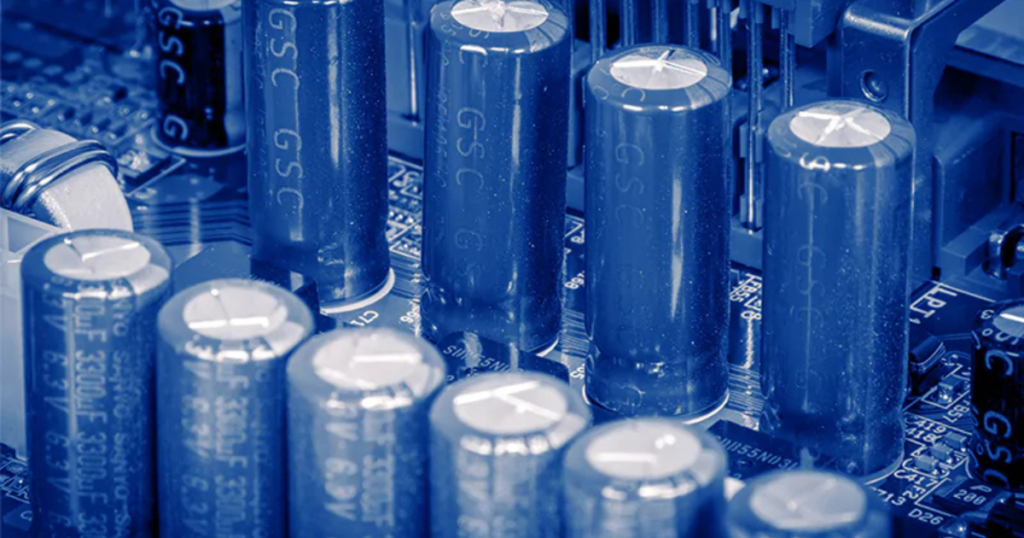As electronic waste (e-waste) continues to be a growing global concern, biodegradable electronics have emerged as a sustainable alternative to conventional electronic devices. These eco-friendly electronics are designed to naturally decompose after their lifespan, reducing environmental impact.
This article explores what biodegradable electronics are, how they function, their benefits, challenges, applications, and future potential.
What Are Biodegradable Electronics?
Biodegradable electronics, also known as transient electronics, are electronic devices made from biodegradable materials that break down into non-toxic components when exposed to environmental factors such as moisture, heat, or microorganisms.
Key Features of Biodegradable Electronics
- Eco-Friendly Materials – Made from natural, biodegradable substances instead of synthetic plastics and metals.
- Temporary Functionality – Designed for short-term use before naturally decomposing.
- Non-Toxic Breakdown – Leaves no harmful residues after degradation.
- Energy Efficiency – Often developed with low-energy requirements.
- Sustainability – Reduces electronic waste and promotes circular economy practices.
How Do Biodegradable Electronics Work?
Biodegradable electronics operate like traditional devices but are made from materials that break down over time under specific environmental conditions. Here’s how they function:
1. Biodegradable Substrates
Traditional electronics use plastic or metal substrates, which are non-biodegradable. In biodegradable electronics, substrates are made from natural materials like:
- Cellulose – Found in plants and paper.
- Silk Proteins – Biodegradable and flexible.
- Starch-Based Polymers – Derived from cornstarch and other organic sources.
2. Dissolvable Conductors and Components
Instead of conventional metals like copper and aluminum, biodegradable electronics use environmentally friendly conductors such as:
- Magnesium – A lightweight metal that degrades harmlessly.
- Zinc – Used for short-lived electronic circuits.
- Iron-Based Alloys – Corrode safely in natural environments.
3. Natural Dielectrics and Insulators

Dielectric materials insulate electrical circuits, and in biodegradable electronics, natural options like silk fibroin and gelatin-based insulators are used instead of synthetic polymers.
4. Dissolvable Packaging
Unlike traditional plastic casings, biodegradable electronics use materials that dissolve in water or break down under microbial action, such as:
- Polylactic Acid (PLA) – A plant-based biodegradable polymer.
- Gelatin Films – Water-soluble protective layers.
5. Eco-Friendly Power Sources
Biodegradable electronics often use sustainable energy sources like:
- Organic Solar Cells – Made from plant-based materials.
- Biodegradable Batteries – Composed of non-toxic electrolytes and paper-based components.
- Microbial Fuel Cells – Generating energy from bacteria.
Benefits of Biodegradable Electronics
1. Reduces Electronic Waste
E-waste is a significant environmental issue, and biodegradable electronics minimize landfill accumulation.
2. Sustainable Resource Utilization
Uses renewable materials, reducing reliance on non-renewable metals and plastics.
3. Lower Environmental Impact
Breaks down naturally into harmless substances, preventing soil and water pollution.
4. Safe Disposal
No need for complex recycling processes, as these devices decompose naturally.
5. Advances in Medical Technology
Biodegradable electronics allow for implantable medical devices that dissolve after serving their purpose, eliminating the need for surgical removal.
6. Supports Circular Economy
Encourages the reuse and regeneration of materials in the production cycle.
Challenges of Biodegradable Electronics
1. Limited Lifespan
Since they are designed to break down, biodegradable electronics have a shorter functional life compared to traditional devices.
2. Material Performance Issues
Organic materials may not yet match the durability and efficiency of conventional electronics.
3. High Production Costs

Manufacturing biodegradable electronics is currently more expensive due to the cost of research and specialized materials.
4. Moisture Sensitivity
Biodegradable materials can degrade prematurely if exposed to moisture.
5. Scalability
Mass production and widespread adoption require further advancements in technology and cost reduction.
Applications of Biodegradable Electronics
1. Medical Implants
Biodegradable sensors and devices can be implanted into the human body to monitor health conditions and dissolve naturally without requiring removal.
2. Environmental Sensors
Disposable, biodegradable sensors can monitor pollution levels and environmental conditions without leaving waste behind.
3. Temporary Data Storage Devices
Transient electronic storage devices offer secure, time-limited data protection for sensitive information.
4. Wearable Electronics
Eco-friendly smart textiles and fitness trackers that degrade after use.
5. Military and Defense Applications
Biodegradable surveillance electronics eliminate the risk of enemy interception and environmental damage.
6. Consumer Electronics
Short-term electronic products, such as event wristbands and festival passes, can be made biodegradable to reduce waste.
The Future of Biodegradable Electronics
The future of biodegradable electronics is promising, with ongoing research and advancements driving innovation. Key developments include:
1. Improved Material Durability
New biodegradable polymers and nanomaterials will enhance device longevity while maintaining eco-friendliness.
2. Cost Reduction
Mass production techniques and increased demand will lower costs, making biodegradable electronics more accessible.
3. Advancements in Biodegradable Batteries
Innovations in organic and water-based battery technologies will improve energy storage for transient electronics.
4. Integration with AI and IoT
Biodegradable sensors will contribute to sustainable Internet of Things (IoT) applications, providing real-time environmental monitoring and health tracking.
5. Government Regulations and Policies
Increased support and incentives for sustainable electronics will drive industry adoption.
Also Read: What Is Foldable Display Technology And How Does It Work?
Conclusion
Biodegradable electronics represent a significant step toward sustainable technology, offering eco-friendly alternatives to traditional electronic devices. While challenges such as cost and material performance remain, continuous advancements will drive the adoption of these innovative devices across various industries.
By embracing biodegradable electronics, we can reduce e-waste, minimize environmental impact, and pave the way for a more sustainable future.
FAQs
1. What are biodegradable electronics?
Biodegradable electronics are devices made from eco-friendly materials that naturally decompose after their intended use, reducing electronic waste.
2. How do biodegradable electronics work?
They use organic substrates, dissolvable conductors, and biodegradable packaging to function like traditional electronics but break down over time.
3. What are the benefits of biodegradable electronics?
They reduce e-waste, minimize environmental harm, support sustainable resource use, and have applications in medical and environmental monitoring.
4. What materials are used in biodegradable electronics?
Common materials include cellulose, silk proteins, magnesium, zinc, and plant-based polymers.
5. Are biodegradable electronics available commercially?
While still in early development, some biodegradable sensors and medical devices are available, with more products expected in the near future.

